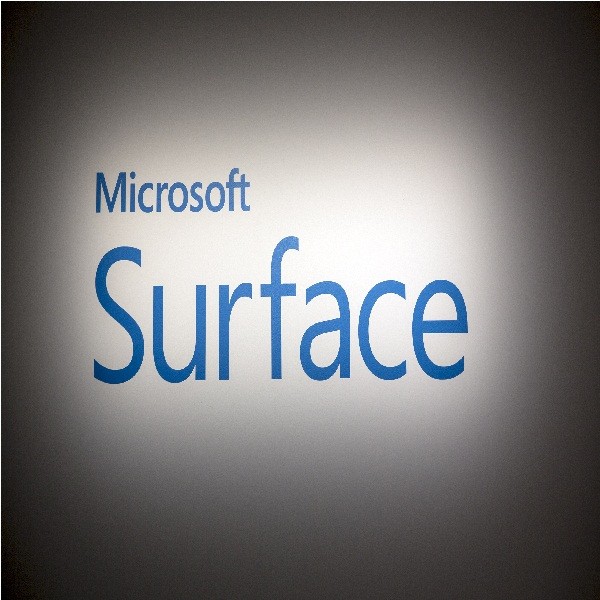Microsoft overhauls the upcoming Surface 3 by integrating it with a more stable version of Windows along with a newer processor in order to maintain software and hardware consistency, according to Computer World.
Unlike its predecessor, Surface 2, which uses the tablet-only Windows RT operating system, Window's decided to integrate the new Surface 3 with Windows 8.1 and will have full compatibility for the upcoming Windows 10.
For its processor, Microsoft ended its experimentation of the ARM chips and instead settle with the newer Intel Atom x7 processor. Unlike its previous Tegra 4 processor, the new Intel chips will allow the Surface 3 to run traditional Windows application, according to Engadget.
The Surface 3 weighs in at 1.37 pounds and is only 0.34 inch thick, this means that it is lighter and thinner compared to the Surface 2. The 10.8-inch screen will have 3:2 aspect ratio and maximum resolution of up to 1920x1280, this is a downgrade of the 16:9 aspect ratio present in previous Surface devices. Microsoft said that the new screen proportion will make the Surface 3 more appropriate to be used as a tablet.
Additional specs include USB 3.0 port, 3.5mm audio jack and a micro-USB port for charging. The Surface 3 also has an 8-megapixel main camera and a 3.5-megapixel front camera.
Despite Surface 3's impressive set of hardware and software specs, one of the downsides pointed by many analysts is its expensive peripheral. For users to be able to use the Surface 3 as a laptop-like device, they have to purchase the Type Cover for $130 and an additional $50 for the stylus. Microsoft said that it will also release a docking station for $200, this include four USB ports, a Gigabit Ethernet port and a Mini DisplayPort.
The Surface 3 comes in two variant depending on its storage space and internal memory; the $599 model has 128GB of storage and 4GB of RAM while the $499 has 64GB of storage and 2GB of RAM.




























